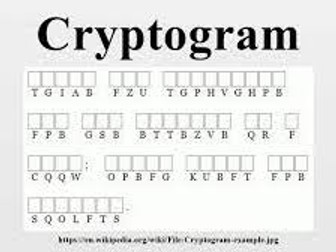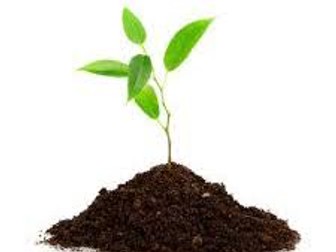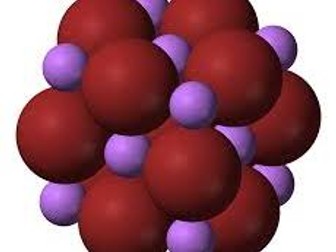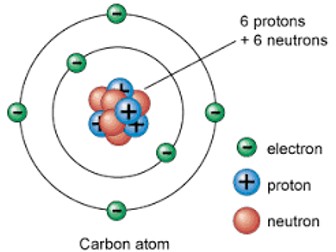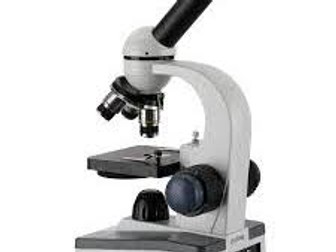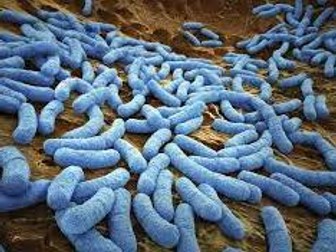Resultant Force
This lesson comes from a unit of year 8 lessons based around the concept of designing a flying car. This lesson focuses on Resultant Forces and how to calculate them and represent them using force arrows on diagrams.<br />
Lesson can include a practical element using surfaces with different levels of friction, toy cars or trolleys and Newton Meters that will need to be set up separately.
